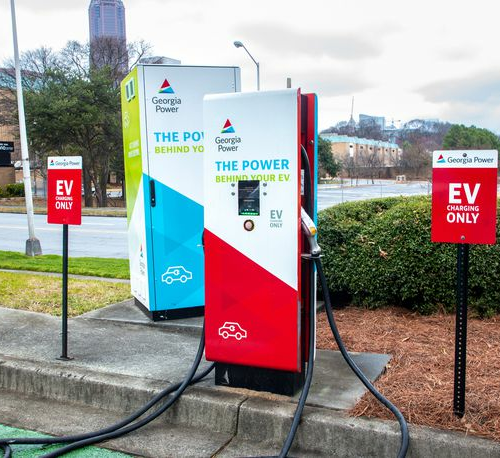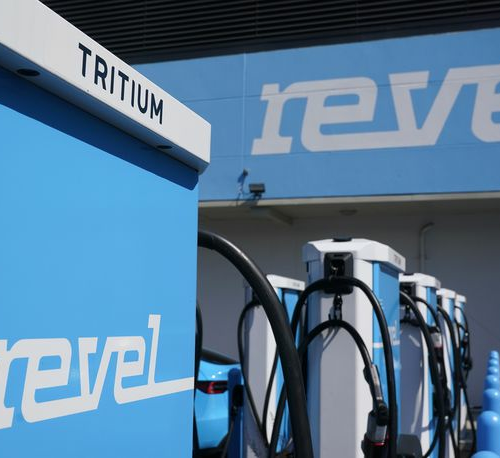BY SEBASTIAN BLANCO | CarAndDriver.Com
Troy Warren for CNT #Cars
The White House may use the Defense Production Act to start solving the logjam of semiconductor chips that’s hitting car manufacturing and other industries so hard.
The U.S. government isn’t going to use the Defense Production Act to force companies to start making chips (that takes too long), but they might use it to get better information out of automakers and other big chip users in order to figure out what’s really going on.
Commerce Secretary Gina Raimondo is asking for information about how many chips companies actually need, as well as details on how many chips they might be hoarding.
Since early 2020, chip manufacturers have increased output by 8 percent, and it will increase 16 percent by the end of 2022, according to the Semiconductor Industry Association.
The ongoing semiconductor chip shortage that’s affecting production of high-tech products around the world continues to make building new cars difficult for the automotive industry. The problem has been simmering since late 2020 and really started boiling in the spring of 2021, and now the Biden administration might start taking unusual steps to try and solve the issue. Without a change, some experts say the chip shortage could last until late 2023.
The White House’s possible solution involves the Defense Production Act (DPA), which was put into place in 1950 during the Korean War. The Federal Emergency Management Agency (FEMA), which exercises DPA, calls it “the primary source of presidential authorities to expedite and expand the supply of materials and services from the U.S. industrial base needed to promote the national defense.”
In this case, according to Bloomberg, the president might invoke the DPA in order to ease some of the supply chain disruptions that have caused the industry to build millions fewer new vehicles than originally planned. The report comes after the White House held a second meeting with stakeholders—including Ford and General Motors, as well as two dozen other companies like Apple and Microsoft, The Washington Post reports—to discuss the chip shortage Thursday.
One of the main reasons for the meeting was so the government can better understand what’s really happening on the ground. Commerce Secretary Gina Raimondo asked industry representatives for information regarding the number of chips these companies have on hand as well as how many they need or want to purchase. This is where the DPA comes in, as the government could use it to force the companies to divulge this information if they don’t give it up willingly. A Commerce Department spokesperson confirmed this stance to the Post. Bloomberg reports that the government has been asking for this information for months, to no avail.
The reason the government wants to know these details is twofold. First, it wants a better understanding of whether or not the automakers are hoarding any chips. Second, it wants to know exactly how many chips are needed, since there are reports that automakers are placing chip orders with the semiconductor manufacturers that are larger than what they actually need, since they don’t expect the chip makers to actually deliver the full orders. So, basically, the government wants to understand just how bad the crisis really is.
“What I told them is, ‘I don’t want to have to do anything compulsory but if they don’t comply, then they’ll leave me no choice,’ ” Secretary Raimondo told Bloomberg. “I said today we’re evaluating all of our options right now, all the tools. I hope not to go there but we need to see some progress and we definitely need compliance.”
The Semiconductor Industry Association said semiconductor factories around the world have increased production by 8 percent since the first few months of 2020 and will increase production by more than 16 percent by the end of 2022, according to the Post.
Other governmental actions that could alleviate the chip shortage, but not anytime soon, include $52 billion in federal subsidies that would boost domestic semiconductor manufacturing. The Posts report that legislation to provide this money, supported by the White House, has passed in the Senate but not the House of Representatives.
In Other NEWS



































